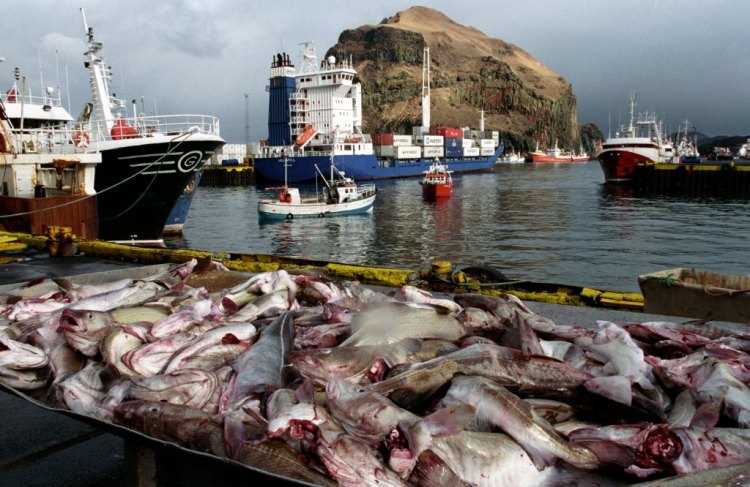Sigurður Ingi Jóhannsson, Minister of Fisheries and Agriculture, explains Iceland’s fisheries success
 The Icelandic fisheries sector has come a long way over the past 30 years. From a position of fishstocks weakened by a long period of mild overfishing and a poorly organised sector with poor economic performance, Iceland has achieved the position of strong and sustainably managed fish stocks as the foundation of a well organised and profitable fishing industry.
The Icelandic fisheries sector has come a long way over the past 30 years. From a position of fishstocks weakened by a long period of mild overfishing and a poorly organised sector with poor economic performance, Iceland has achieved the position of strong and sustainably managed fish stocks as the foundation of a well organised and profitable fishing industry.
The key to success is well managed fisheries for conservation and sustainable use. Thus responsible fisheries are the foundation for all other elements of fisheries success.
 The Icelandic approach is to set the annual total allowable catch, based on scientific advice, and distribute annual catch allotments to fishing vessels based on long term vessel quota shares in an individual transferable quota fisheries management system (ITQ system). This management approach has eliminated the destructive race to fish that plagues sustainability and profitability in many fisheries, thus permitting industry operators to plan their operations for the entire year based on their known and secure fishing oportunities. This allows the industry to better serve its customers and meet market needs in the short and long term.
The Icelandic approach is to set the annual total allowable catch, based on scientific advice, and distribute annual catch allotments to fishing vessels based on long term vessel quota shares in an individual transferable quota fisheries management system (ITQ system). This management approach has eliminated the destructive race to fish that plagues sustainability and profitability in many fisheries, thus permitting industry operators to plan their operations for the entire year based on their known and secure fishing oportunities. This allows the industry to better serve its customers and meet market needs in the short and long term.
This approach to responsible, long term fisheries management has had a profound effect on the fishing industry culture in Iceland. Now the key to all thinking and operation is value generation instead of sheer volume. With the race to fish having been eliminated, investment in fishing vessels focuses on achieving the best handling and treatment of the catch for maximum freshness and quality for the consumer. This new culture, enabled by better fisheries management, has created oportunities for research and innovation, product development and technical progress in general.
 All of this has resulted in a very different fishing industry compared to 30 years ago. Now we see an advanced, flexible and adaptable market-driven industry, generating and employing new technology and providing new and diverse products. Jobs in the industry are also very much changed, with emphasis on recruiting highly qualified, well educated young people for careers in the fishing industry. In this setting, the aim is to use every part of the fish to produce high value products—not just the tasty fillets but also cuttings, skin, etc. Examples of products thus available include wound dressings and pharmaceuticals made from fish skins and cosmetics created from crustaceans shells.
All of this has resulted in a very different fishing industry compared to 30 years ago. Now we see an advanced, flexible and adaptable market-driven industry, generating and employing new technology and providing new and diverse products. Jobs in the industry are also very much changed, with emphasis on recruiting highly qualified, well educated young people for careers in the fishing industry. In this setting, the aim is to use every part of the fish to produce high value products—not just the tasty fillets but also cuttings, skin, etc. Examples of products thus available include wound dressings and pharmaceuticals made from fish skins and cosmetics created from crustaceans shells.
But despite increasing success over the past decades, future challenges are many. We must remain vigilant to ensure continued sustainable harvesting. We must maintain and expand our market position with high quality products. We must continue to generate new products suitable for ever-changing times. And we must improve our position on international markets. The key to success will remain responsible and well managed fisheries with secure fishing rights, allowing the continuation of responsible and profitable fisheries.



